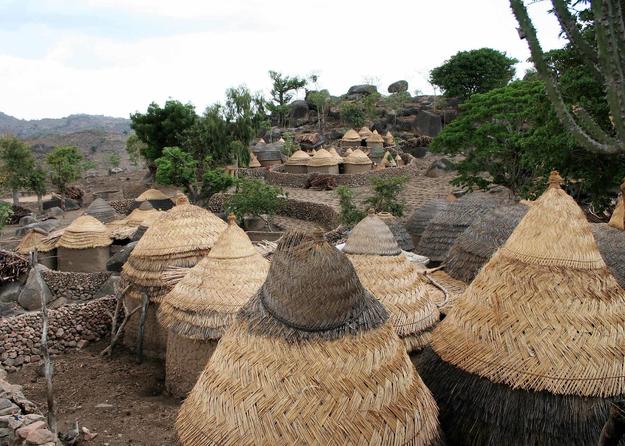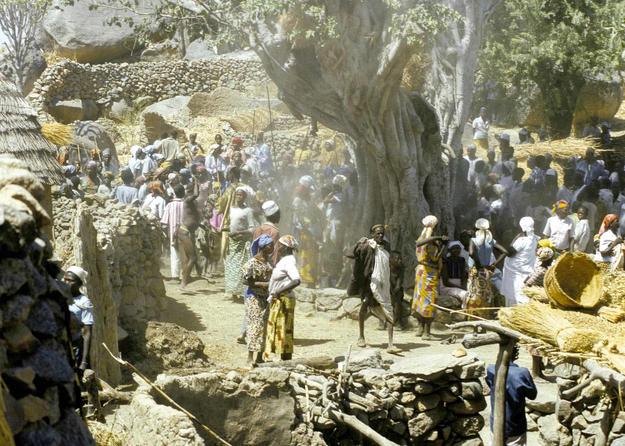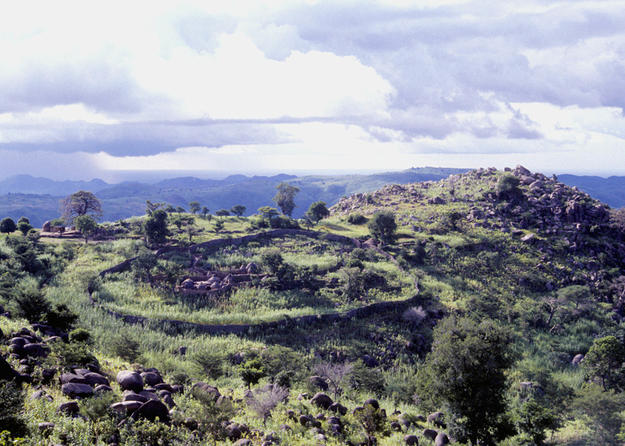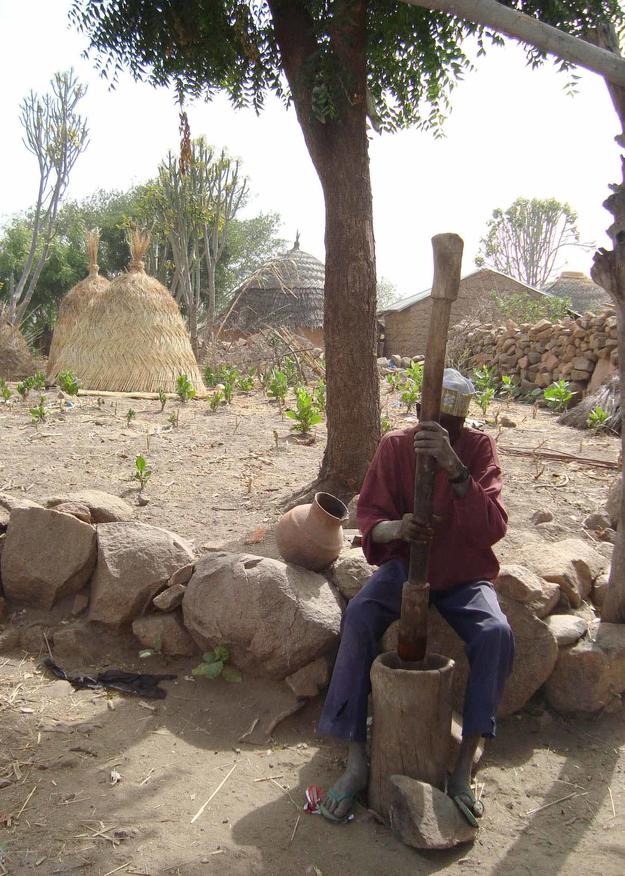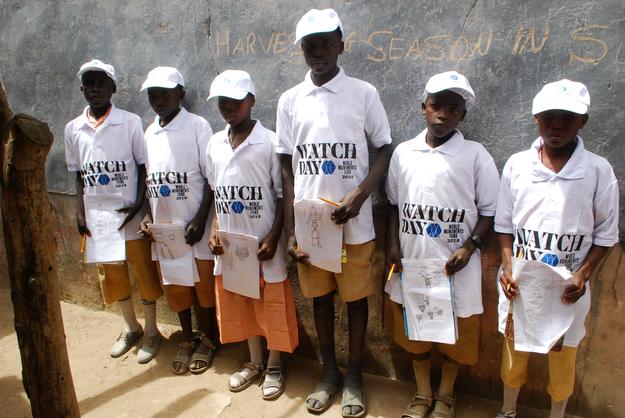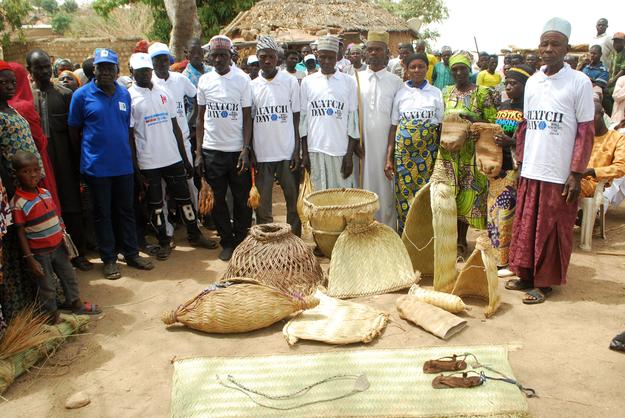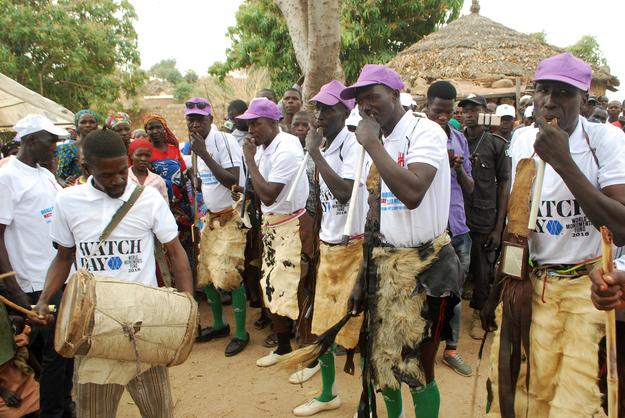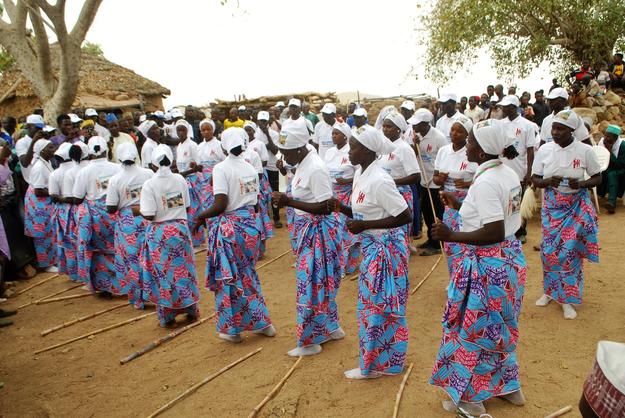Sukur Cultural Landscape
2018 World Monuments Watch
For centuries, the Sukur homeland has been centered on a plateau in the Mandara Mountains, a mountain range that marks the northern border between the modern states of Nigeria and Cameroon. Historically, in addition to practicing terrace agriculture, the Sukur people came to monopolize iron production in the region, thanks to the availability of magnetite, an iron ore, and local wood for making charcoal. As a result, the Sukur kingdom enjoyed primacy among other kingdoms in the region. This was reflected in the position of the Hidi, or chief of Sukur, who ensured the supply of materials and guaranteed the security of an iron market. In turn, the Hidi was accorded enormous prestige among the Sukur people and other mountain communities. The Hidi’s house was the seat of his authority, located in a walled enclosure on the plateau, and approached by broad, paved walkways leading to the valley below. In the twentieth century, Sukur occupation expanded beyond the plateau into the lowlands lying to the north. Thanks to interest in Sukur and the intactness of Sukur material culture, in 1999 the Sukur Cultural Landscape became the first site in Nigeria to be inscribed on the World Heritage List.
Since 2013, Sukur has had to contend with the terrorizing impact of the Boko Haram Islamist insurgency, which has affected the lives of millions of people in northeastern Nigeria and other countries. In December 2014, Boko Haram militants raided the Sukur plateau, setting houses and crops on fire and stealing livestock and other goods. In the rampage, the Hidi’s house and other features of the World Heritage Site were damaged. Now, as the threat posed by from Boko Haram has subsided, an assessment of the full impacts of the raid on the cultural landscape is required. At the same time, many of the cultural features of this landscape beyond the house of the Hidi remain little-known and are in need of mapping in their own right. The influx of refugees from the lowlands into Sukur, as well as the collapse of infrastructure and public services, including education and healthcare, pose further challenges. Recent meetings between local stakeholders and Nigeria’s National Commission for Museums and Monuments have led to the drafting of a new management plan for this World Heritage Site. Renewed efforts to improve the stewardship of the site have to address a range of management challenges. For example, while the landscape was traditionally maintained by the Sukur community in service to the Hidi, now a sustainable maintenance solution that does not depend on volunteer labor is required. The 2018 World Monuments Watch is a call for helping the Sukur community rebuild their livelihoods and their landscape, while safeguarding the cultural values of a unique World Heritage Site.
Watch Day
Watch Day celebrations at Sukur took place in February 2018, as part of the Yawal Festival, an annual Harvest Celebration, organized by the Chief and community leaders of Sukur. Hundreds of participants came together in celebration of the site’s inclusion on the 2018 Watch. The two-day event featured a guided tour, demonstration of maintenance activities on the civi mungan (northern paved way), an art contest, traditional dances and performances, workshops for basket weaving and dry season farming techniques, and a film screening.

